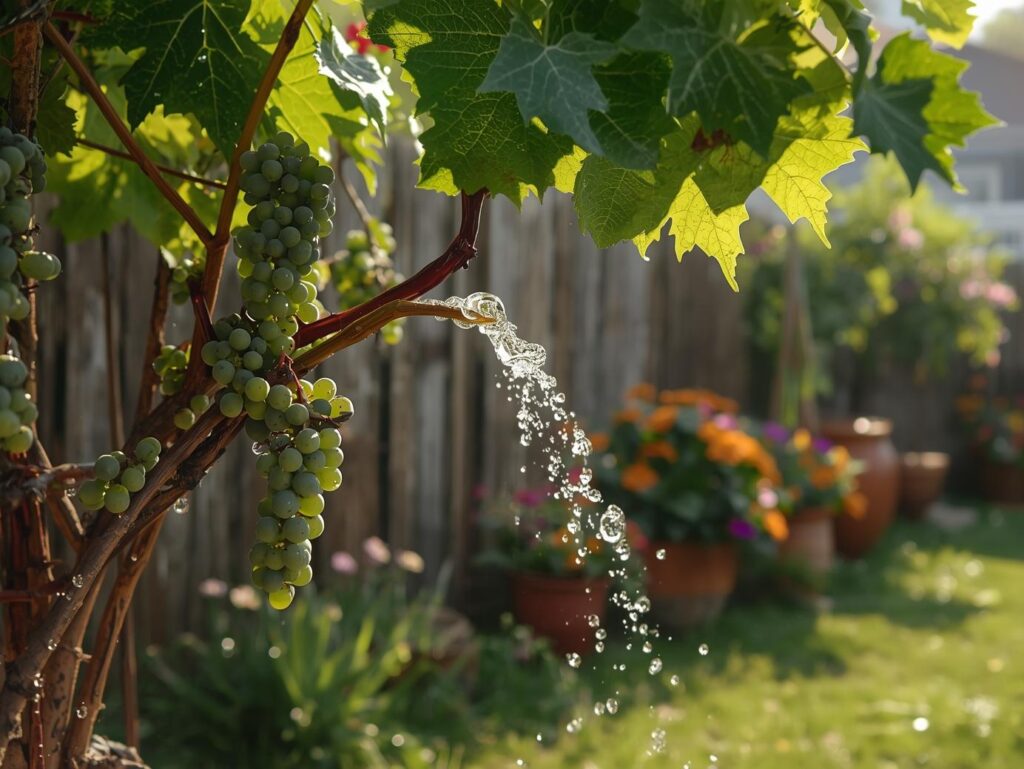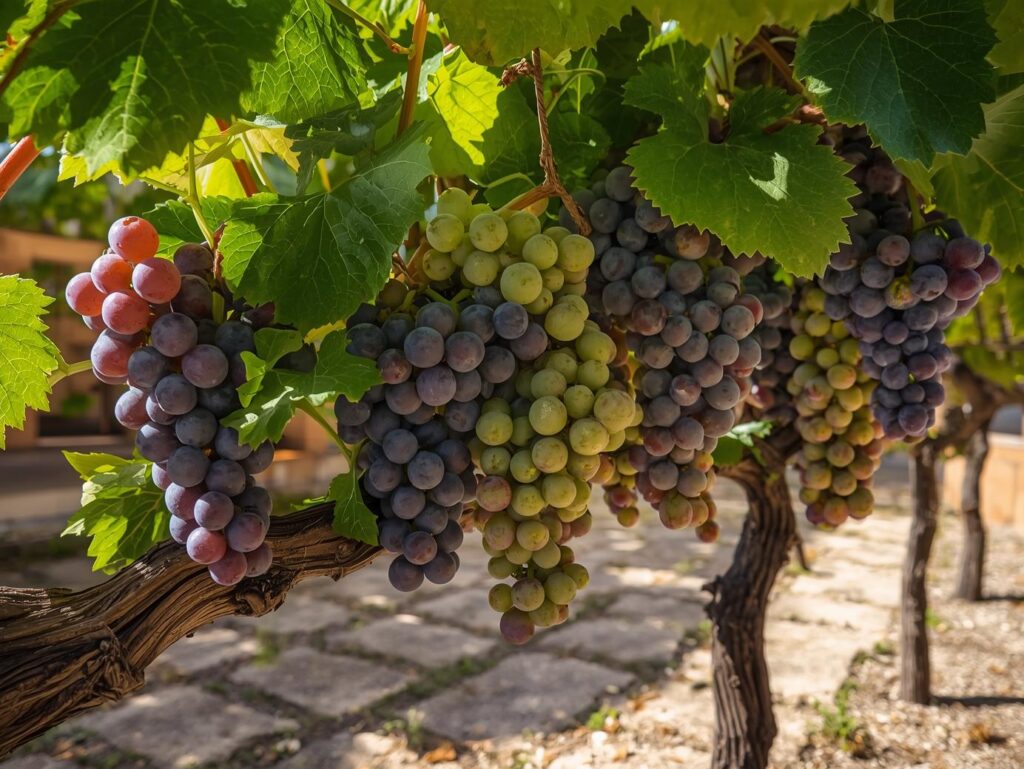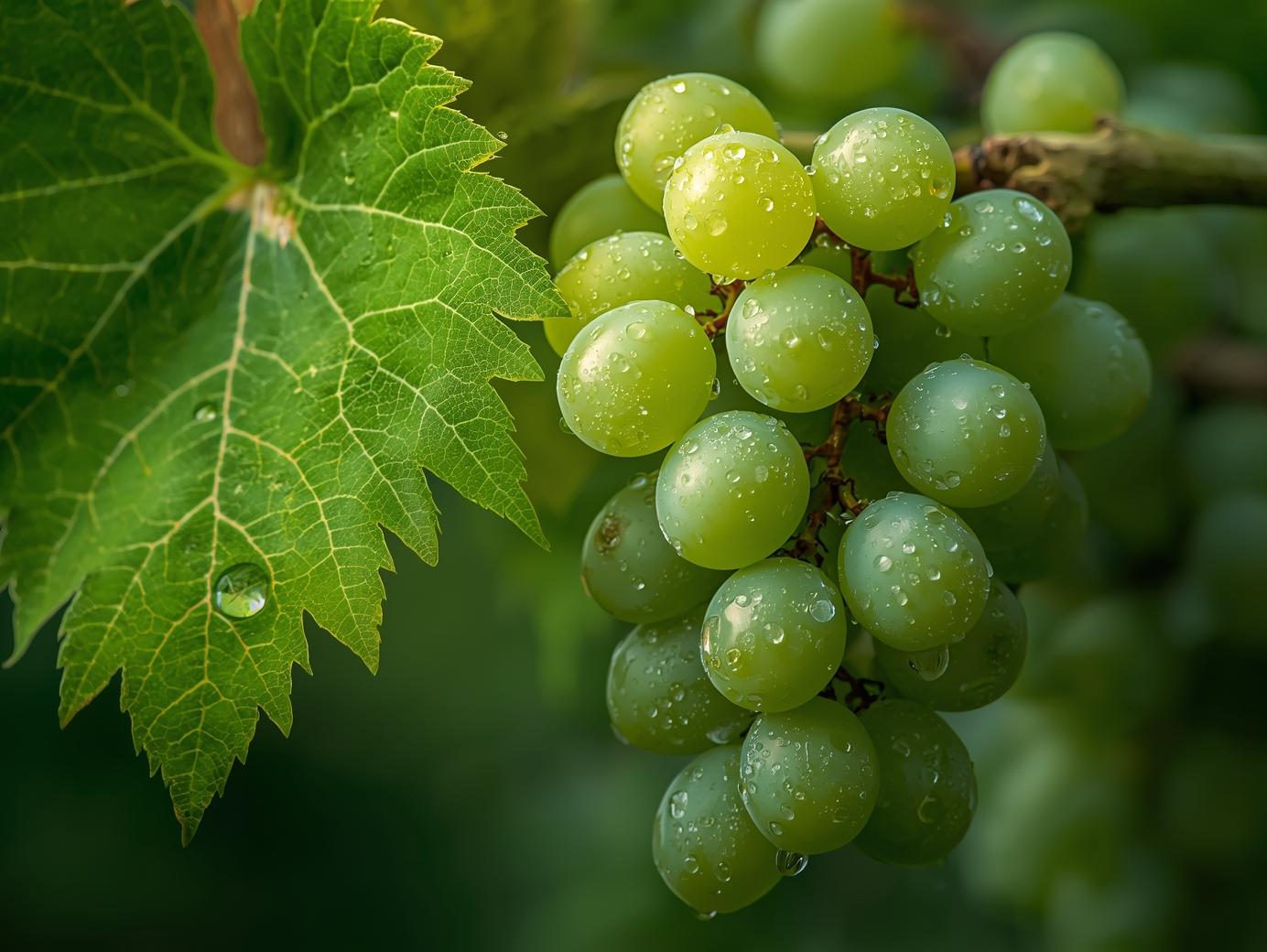Growing grapes in your home courtyard can be a rewarding experience, providing fresh fruit and adding beauty to your garden space. Grapevines thrive when given the right care, starting with proper soil selection, site preparation, and planting techniques. Whether you live in a temperate or warmer region of the USA, cultivating grapes requires attention to detail and patience, but the results are well worth the effort.
Soil Selection
Selecting the right soil is crucial for healthy grapevines. Grapes prefer well-draining soil with a slightly acidic to neutral pH level between 5.5 and 7.0. Sandy loam or loamy soils enriched with organic matter work best, as they provide sufficient nutrients and promote good drainage, preventing root rot. Avoid heavy clay soils that retain water, which can harm the roots and reduce vine vigor.
In home courtyards, you can improve soil quality by mixing compost or aged manure into the planting area to boost fertility and structure. Conducting a soil test before planting will help determine nutrient deficiencies or pH imbalances that may need correction. Healthy soil forms the foundation for vigorous growth and abundant grape production.
Site Preparation
Preparing the planting site properly sets the stage for successful grapevine growth. Choose a location in your courtyard that receives at least six to eight hours of direct sunlight daily, as grapes require ample light to ripen fruit fully. Ensure the site has good air circulation to reduce the risk of fungal diseases common to grapevines.
Before planting, clear the area of weeds and debris and loosen the soil to a depth of about 12 to 18 inches. Incorporate organic matter like compost to improve soil fertility and texture. Installing trellises or supports before planting will help guide vine growth and make pruning and harvesting easier in the future.
Planting
When planting grapevines, timing and technique are essential. The best time to plant grape cuttings or young vines in most parts of the USA is during late winter or early spring, before new growth begins. This allows the plant to establish roots before the growing season starts. Space vines approximately six to ten feet apart to give them room to spread.

Plant the grapevine slightly deeper than it was in its nursery container, covering the roots well without burying the graft union if present. After planting, water thoroughly to settle the soil around the roots and reduce transplant shock. Mulching around the base helps retain moisture and suppress weeds.
Watering
Proper watering is vital for grapevine health, especially during establishment and fruit development. Newly planted vines need consistent moisture but not waterlogged conditions, so aim to keep the soil evenly moist. Deep watering encourages roots to grow downward, promoting drought resistance as the plant matures.

Once established, grapevines become more drought-tolerant but will benefit from regular watering during dry spells, particularly in hot summer months. Avoid overhead watering to reduce the risk of fungal diseases; instead, water at the base of the plant, allowing the soil to dry slightly between watering sessions.
Fertilizing
Grapevines require balanced nutrients to produce healthy foliage and abundant fruit. A soil test can guide you on the specific nutrient needs of your grape plants. Generally, nitrogen is essential for vine growth in early spring, but excessive nitrogen can lead to excessive foliage growth at the expense of fruit quality.
Applying a balanced fertilizer with moderate nitrogen, along with phosphorus and potassium, supports strong root development and fruit production. Fertilize in early spring before new growth appears and again after the first fruit set. Avoid over-fertilizing, as this can lead to disease susceptibility and poor fruit ripening.
Pruning & Training
Pruning is one of the most critical tasks for grapevine maintenance, directly influencing fruit yield and quality. Grapevines produce fruit on one-year-old wood, so annual pruning during dormancy encourages the growth of fruitful shoots. Remove dead or weak wood and shape the vine to maintain airflow and sunlight penetration.
Training grapevines along trellises or arbors supports healthy growth and makes harvesting easier. There are various training systems, such as the spur or cane pruning method, depending on the grape variety and desired vine structure. Proper pruning and training also help manage vine size and prevent overcrowding.
Pest & Disease Control
Grapevines can be susceptible to pests such as aphids, spider mites, and grape berry moths, as well as diseases like powdery mildew, downy mildew, and black rot. Early identification and proactive management are key to keeping your grapevines healthy.
Implementing good cultural practices, including proper pruning, site selection, and sanitation, reduces pest and disease pressure. For pest control, natural predators and organic insecticides can be effective. Fungicides may be necessary in humid climates to manage fungal diseases, but always follow recommended guidelines to protect beneficial insects and the environment.
Fruiting & Harvest
Patience is essential when growing grapes, as most vines take two to three years before producing their first substantial crop. The fruit develops over the summer and ripens by late summer to early fall, depending on the variety and climate.

Harvest grapes when they reach full color, sweetness, and flavor. Testing sugar levels or tasting the fruit helps determine the optimal time for picking. Proper harvest timing ensures the best taste and nutritional quality. Once harvested, grapes can be enjoyed fresh, juiced, or used for making preserves and wines, enhancing the value of your home courtyard garden.
